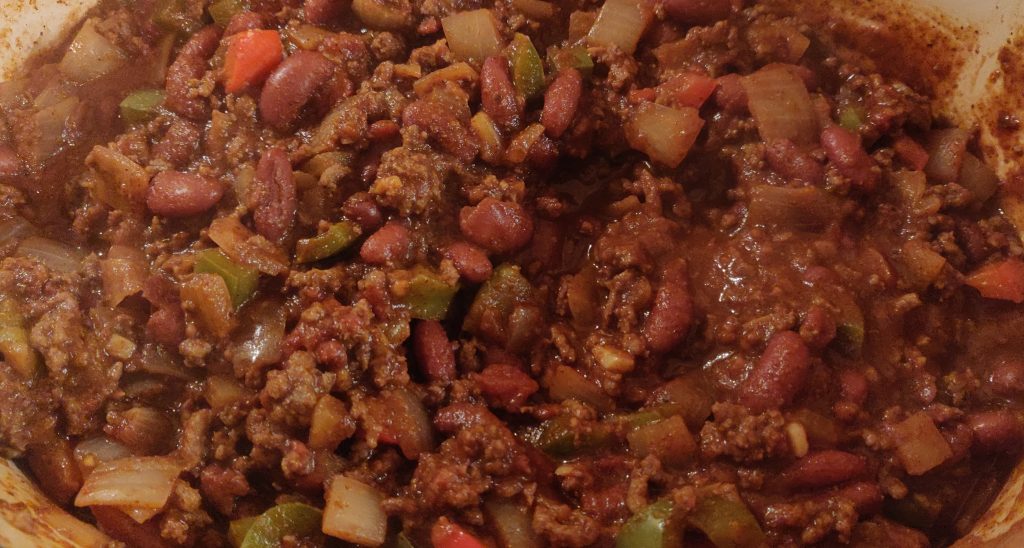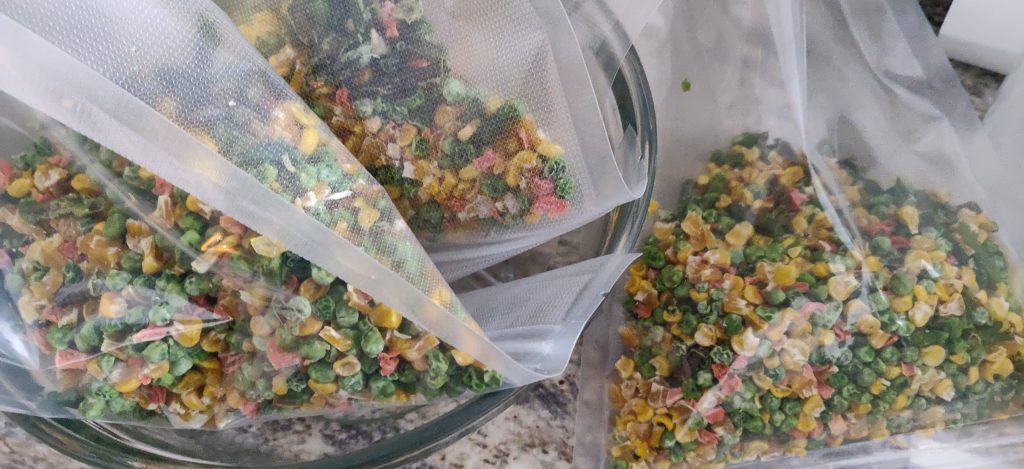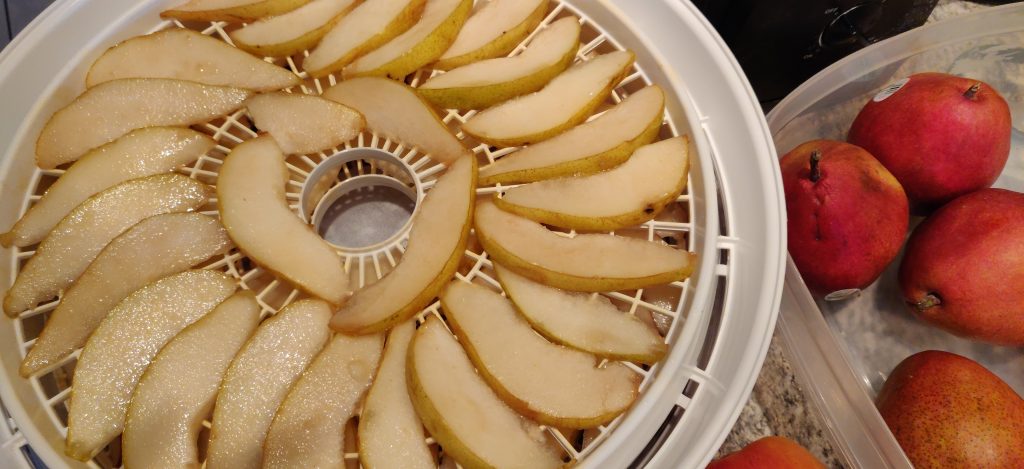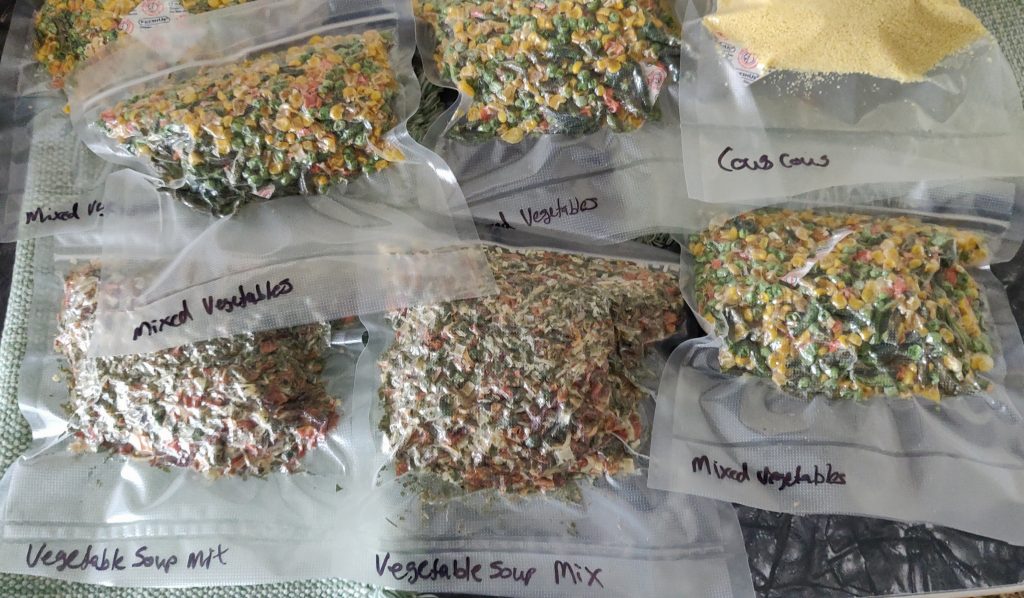Food on the Trail
I feel like I’ve been remiss lately in posting about all of the pre-trip planning I’ve been doing. There’s a lot of anxiety around planning that goes with being a green-horn on the trail. People who have done it know what to expect, what they like, and they all have a system. I’m making some guesses, which will certainly not always be right. But if there’s one piece of advice I’ve gotten consistently from my friends who have hiked the trail (Scooby, and P.O.D.), it’s to be flexible and not to be afraid to change things up that aren’t working as I go.
I’ve pretty much nailed down my final equipment list (a detailed spreadsheet hopefully posted before I go), though undoubtedly I’ll opt to not take a few things to try to keep the weight down. My last pack-fill with 1 L of water, full fuel, and no food was about 26.1 lbs which is in the “normal” range for base weight. It’s certainly not “Ultra Lightweight”, but I’m a big guy.
Since then I’ve added a few (albiet small) things, which do add up eventually. Most notably, a pair of camp/water shoes to let my feet breathe and my socks dry out, to slip on for a quick midnight pee, or for traversing a bigger stream if I don’t want to get my shoes wet early in the day. A carabiner for tying off a bear bag. Some basic meds (ibuprofen, zantac) for keeping down the inflammation and the trail food while laying in bed.
Speaking of trail food… that’s really what I wanted to talk about in this post. For better or for worse, I’ve been spending a lot of time preparing and dehydrating various foods in order to try and improve my trail food experience. Food preservation has always been interesting to me, from fermenting to canning to cheese making to pickling to dehydrating, there seems to be a tie to our history as a civilization that got us to where we are today because of these techniques passed down through generations that allow us to take food from the time it’s fresh and make use if it months or even years later when the cold of winter has set in and there’s no fresh food available.
So far the things I’ve thrown in the dehydrator are:

- Beef Jerky — I know you can buy it on the trail, but I managed to score 10 lbs of top round BOGO and probably saved myself $100 on beef jerky making it myself. Half was a wet marinade (Soy, Worchestershire, garlic, ginger, black pepper, red pepper flakes, onion powder, brown sugar), and the other half a dry rub. The dry was an experiment, and I think I like the wet better. I also prefer it cut across the grain for a different texture that’s easier to eat.
- Frozen Vegetables — Frozen veggies are great for dehydrating because they’re frozen at the peak of freshness, and you don’t have to parboil or otherwise pre-treat them. Just dump them on the dehydrating trays and run at 125 F until nice and dry. I did green peas, green beans, corn, and carrots and mixed them all together. I’ll add a scoop to everything I make for some texture. The corn came out a little tough, so maybe a little more texture than I bargained for. Future self might actually hate present self for these, but we’ll see.
- Chili — I made a large pot of chili with low-fat (96% lean) ground beef, beans, onions, peppers, and spices. I made it thicker than usual and put it in the dehydrator. It takes a little while to fully rehydrate the beans, but add some rice and cheese and some hot pepper spice and it’ll be fantastic! (See Zantac above, Hot Peppers below.)
- Hot Peppers — technically I didn’t dehydrate them specifically for this, but last summer I grew half a dozen different varieties of superhot peppers (Wartryx, Faces X, Peach Ghost, Aji Lemon Drop, and Fatalii Yellow). Of course I couldn’t eat them all so I froze some, pickled some, made some sauce, and dehydrated a bunch. I stuck a couple of those in my spice grinder and now have a wonderful seasoning that doubles as bear repellent.
- Fruit — Mostly I’ve been into dehydrating apples and pears. I add some lemon juice to help protect the color and flavor and lay them out in slices. The other thing I like is to add cinnamon and brown sugar. It almost turns to apple candy, but after trying the instant oatmeal, I think these will be amazing to add to oatmeal to make it a little more… edible.

Another investment I made to help with the dehydrated foods is a Food Saver vacuum bagging setup. I picked up a pack of 50 quart-size resealable zipper bags compatible with the Food Saver and some oxygen absorbers off of Amazon. The oxygen absorbers combined with the vacuum seal should improve the shelf life and freshness of the foods I’m sending. I also purchased a fair bit of bulk food while it’s available and reasonably priced, which I’ve vacuum sealed as well. Bulk food items I’ll send myself include:

- Instant oatmeal — I mix it with some regular oatmeal to give it a little extra texture.
- Couscous — Very inexpensive, and a few cups dry (enough for a couple of meals) vacuum seals down to a pretty small size and calorie dense.
- Dried cranberries, papaya, pineapple, and raisins — You know, there’s only so much dehydrating you can do at home. Found these on sale and saved some money buying them in bulk.
- Vegetable soup mix — A prepared vegetable soup in bulk with all sorts of things in it, plus a soup base. In addition to just having some soup, it’ll be a great addition to couscous, rice, mashed potatoes, ramen, or pasta for a little extra flavor.
- Powdered Milk — Technically not in the bulk food section, I bought a large can of Nido instant milk. It’s whole milk instead of the lowfat milk you usually get, and is actually quite good on its own. I’ll use this for coffee, hot chocolate, mashed potatoes, alfredo sauce packets, mac and cheese, granola, or pretty much anything that needs a little extra creaminess and some extra calories and protein.

Now that it’s packaged, I need to work on getting it into resupply boxes to send to myself. I think I may have already gone overboard, but the goal is to get at least 6 resupply boxes ready, and email my trail boss a couple of weeks in advance when I need one sent ahead. More on resupply boxes later!
4 thoughts on “Food on the Trail”
It appears one cannot dehydrate beer, alas!
Haha unfortunately not. However there are a number of breweries along the trail that I hope to check out! For weight reasons, whiskey has more pop/oz if you have to carry it.
How long will your initial food supply last you? Do you know when/where you will need to replenish which foods?
I plan to pack 4-5 days of food for the initial hike from Amicalola Falls (the approach trail to Springer Mountain, the official southern terminus) to Neel Gap which is the first significant resupply point. Much of what I get will be from grocery stores, outfitters, and even gas stations (when necessary) along the trail. I’ll hope to only need to send myself resupply boxes for places that are particularly difficult to resupply at. The first will likely go the village at Fontana Dam, right before entering the Smokeys.